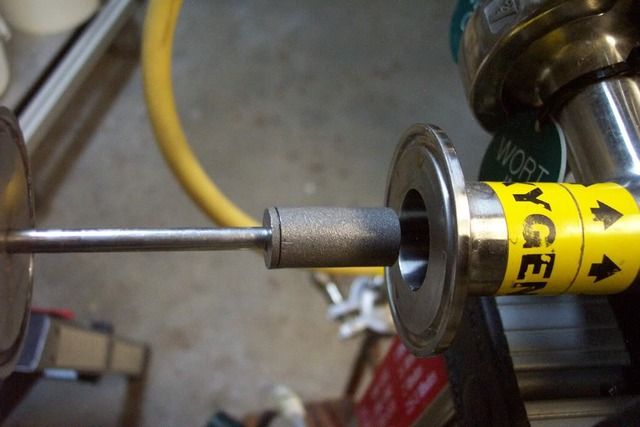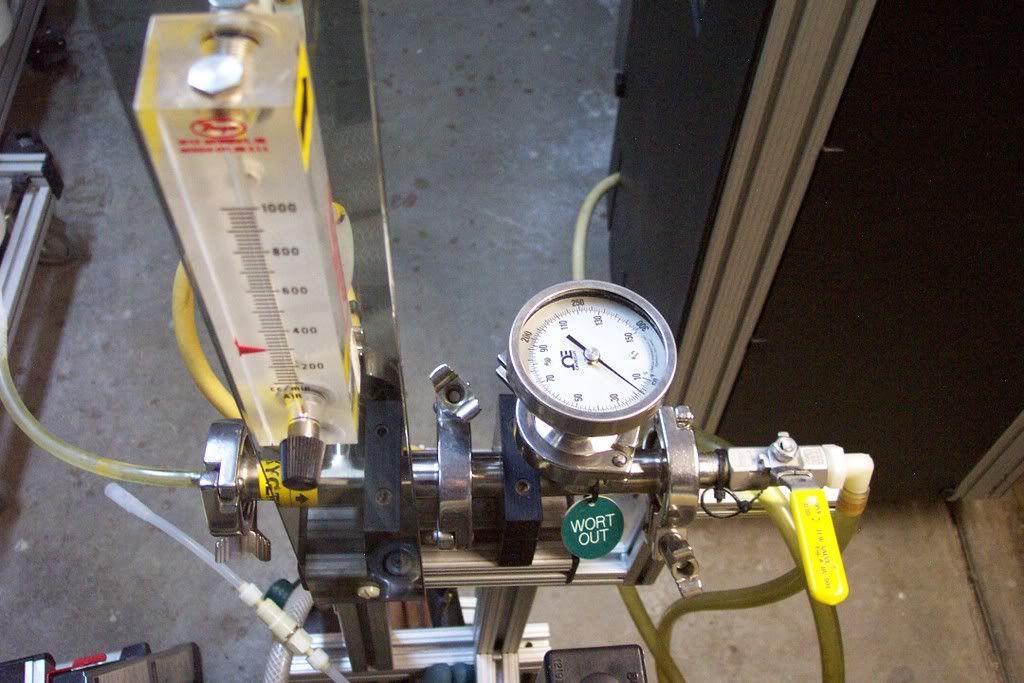My last couple of brews have been slow to ferment out. I keep them in a fermenter, and I am a nazi at temp control. Both of my last brews slowed down significantly until I finally ended up raising the temp on them. I am thinking that perhaps I am not aerating my higher gravity beers enough. I have converted a corny keg into a fermenter. I'm curious to hear from my fellow brew community what your methods are.
Prost!
Prost!






